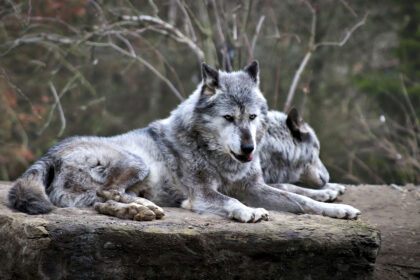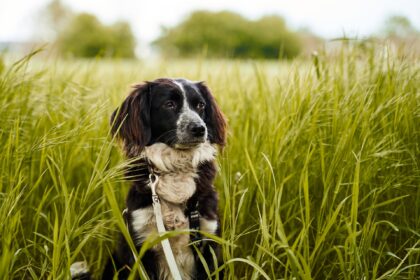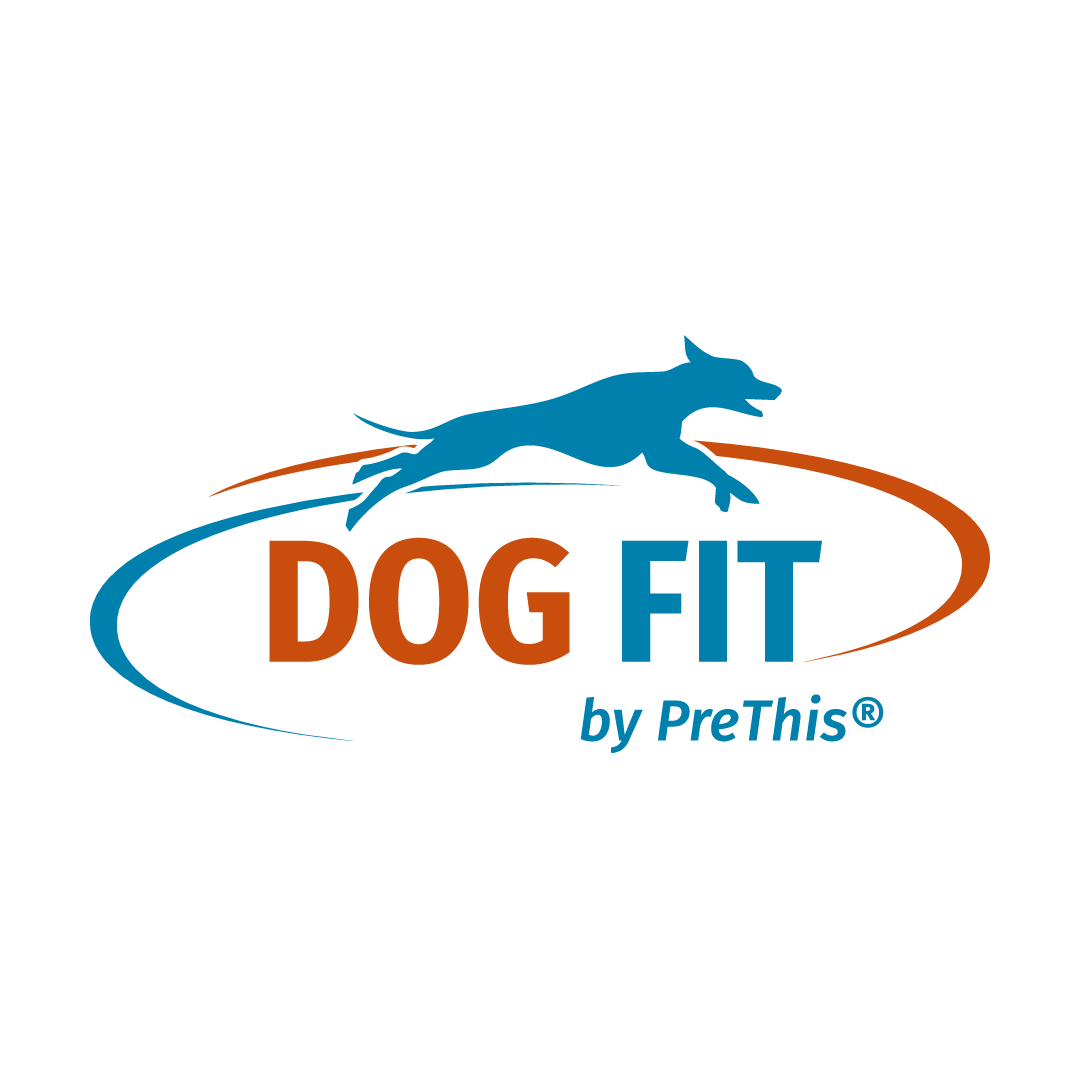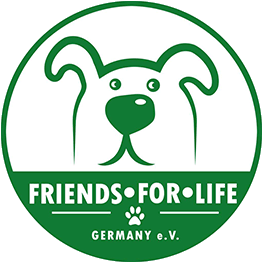 Considering that the dog is a direct descendant of the wolf, it may seem surprising how much the two species have diverged, at least visually, through breeding over the millennia. But still, many instincts, needs and nutrition (the difference in digestion between the dog and the wolf is only 1%) have remained. In this article we will explore the path of the wild wolf to the domestic dog as a companion for humans.
Considering that the dog is a direct descendant of the wolf, it may seem surprising how much the two species have diverged, at least visually, through breeding over the millennia. But still, many instincts, needs and nutrition (the difference in digestion between the dog and the wolf is only 1%) have remained. In this article we will explore the path of the wild wolf to the domestic dog as a companion for humans.
The beginnings
Wolves have been part of human life for at least 15,000 years. They have been hunted as a source of food, displaced as competitors or revered as a symbol of strength and power. It is believed that wolves were considered wild animals at the beginning of our relationship with them, before they were eventually domesticated.
The domestication of the wolf
There are different theories about when and how the domestication of wolves began. Some researchers believe that domestication began about 30,000 years ago, when wolves started living near human settlements and benefiting from food waste. Others believe that the process began only about 15,000 years ago, when humans began to tame and breed pups from wild wolves.
The development of breeds
 In the course of time, puppies that tolerated human company and contact with people were preferred and bred. In this way, the first dog breeds were created that were adapted to the needs of humans. Some breeds were bred as guard dogs or hunting dogs, while others were bred as lap dogs or companion dogs. An intervention in nature? Basically yes, but in the past it made sense and was helpful for people. Especially as they were mostly kept and fed in a species-appropriate way back then. Nowadays, however, many dogs suffer from the consequences of overbreeding or are pure fashion dogs. Unfortunately, human intervention in these cases makes no sense and is very often detrimental to health.
In the course of time, puppies that tolerated human company and contact with people were preferred and bred. In this way, the first dog breeds were created that were adapted to the needs of humans. Some breeds were bred as guard dogs or hunting dogs, while others were bred as lap dogs or companion dogs. An intervention in nature? Basically yes, but in the past it made sense and was helpful for people. Especially as they were mostly kept and fed in a species-appropriate way back then. Nowadays, however, many dogs suffer from the consequences of overbreeding or are pure fashion dogs. Unfortunately, human intervention in these cases makes no sense and is very often detrimental to health.
The role of the dog as a companion
Over time, a unique relationship developed between man and dog. The dog was not only used as a work animal, but also as a loyal companion and family member. Today, dogs are often indispensable parts of our daily lives and have a variety of roles, from farm work or hunting to protection and therapy. Unfortunately also as a status symbol and lap dog.
Conclusion
The journey from wild wolf to domestic dog was a long and complex process that spanned thousands of years. The domestication of wolves was an important milestone in human history and has contributed to dogs becoming an important part of our lives. However, we should not forget that dogs are still closely related to their wild relatives and their natural instincts and needs must be taken into account. From nutrition to husbandry, there are unfortunately many deficits today that do not benefit our dogs – yet they are our best friends.

Every day we experience the wonders of nature with our dogs. This inspiration is the basis for our lives and our products. In our magazine we share with you our passion for these wonderful animals. Visit our socials and become part of the DOG FIT community.


Leave a Reply